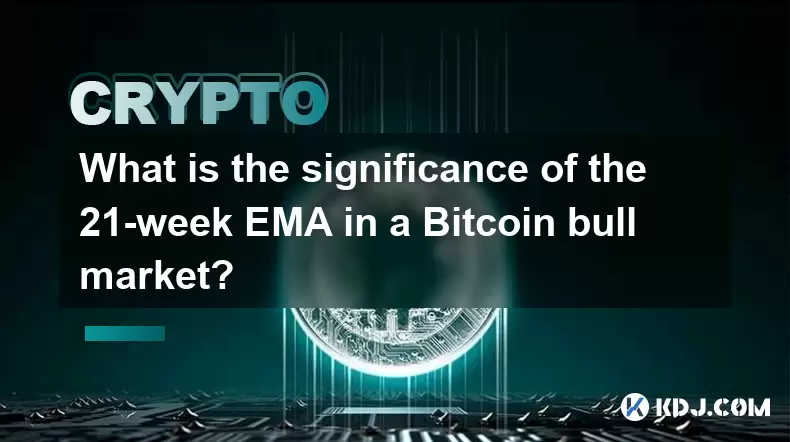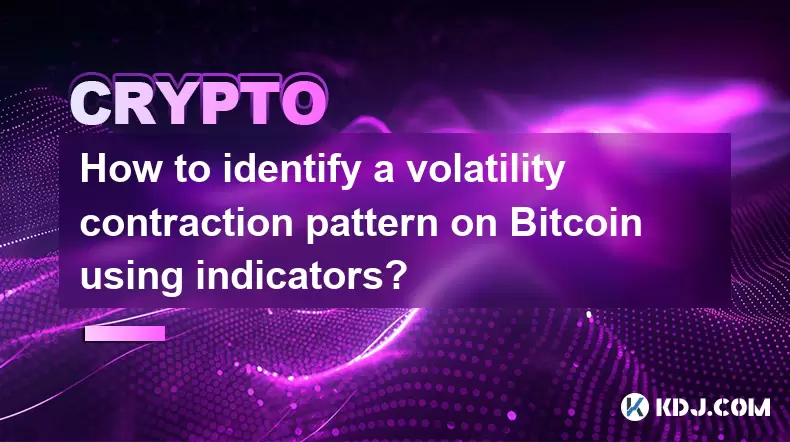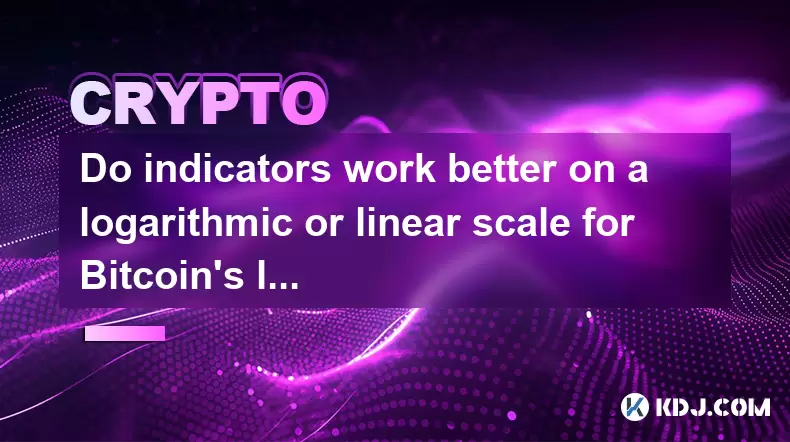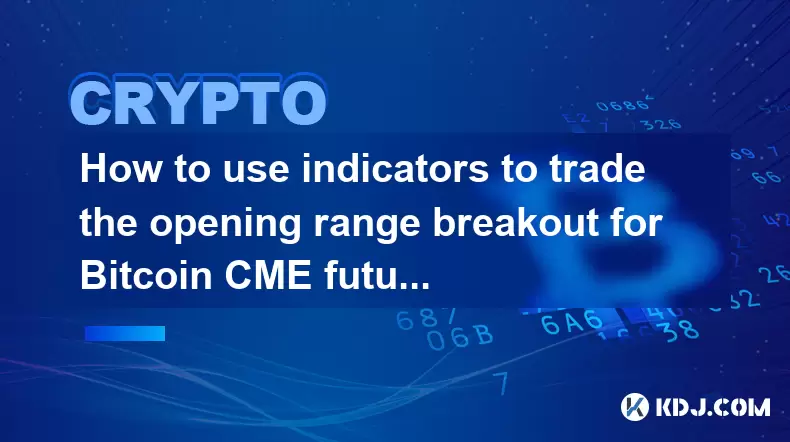-
 Bitcoin
Bitcoin $119800
1.38% -
 Ethereum
Ethereum $3873
3.25% -
 XRP
XRP $3.247
1.85% -
 Tether USDt
Tether USDt $1.001
0.02% -
 BNB
BNB $840.4
5.94% -
 Solana
Solana $190.0
2.55% -
 USDC
USDC $1.000
0.03% -
 Dogecoin
Dogecoin $0.2433
2.69% -
 TRON
TRON $0.3197
-0.05% -
 Cardano
Cardano $0.8367
1.39% -
 Sui
Sui $4.327
3.11% -
 Hyperliquid
Hyperliquid $44.00
0.31% -
 Stellar
Stellar $0.4461
1.76% -
 Chainlink
Chainlink $19.25
4.61% -
 Hedera
Hedera $0.2941
3.90% -
 Bitcoin Cash
Bitcoin Cash $598.4
6.89% -
 Avalanche
Avalanche $26.19
4.67% -
 Litecoin
Litecoin $115.1
0.50% -
 Shiba Inu
Shiba Inu $0.00001427
1.55% -
 Toncoin
Toncoin $3.379
2.01% -
 UNUS SED LEO
UNUS SED LEO $8.966
-0.16% -
 Ethena USDe
Ethena USDe $1.001
0.02% -
 Uniswap
Uniswap $11.04
4.16% -
 Polkadot
Polkadot $4.239
2.00% -
 Monero
Monero $324.6
0.36% -
 Bitget Token
Bitget Token $4.672
2.46% -
 Pepe
Pepe $0.00001294
2.69% -
 Dai
Dai $0.0000
0.01% -
 Cronos
Cronos $0.1443
2.71% -
 Aave
Aave $302.9
1.98%
BTC short-term trading rules: EMA golden cross and dead cross signal
Use 9-day and 21-day EMAs for BTC trading: buy on golden cross, sell on dead cross. Confirm with RSI and MACD for better results.
Jun 02, 2025 at 06:00 am

BTC short-term trading rules: EMA golden cross and dead cross signal
In the volatile world of cryptocurrency trading, understanding and utilizing technical indicators can significantly enhance trading strategies. Among these indicators, the Exponential Moving Average (EMA) stands out for its effectiveness in identifying potential buy and sell signals. This article focuses on the BTC short-term trading rules using the EMA golden cross and dead cross signal to guide traders in making informed decisions.
Understanding the Exponential Moving Average (EMA)
The Exponential Moving Average (EMA) is a type of moving average that places a greater weight and significance on the most recent data points. This makes it more responsive to new information compared to the Simple Moving Average (SMA). In the context of BTC trading, the EMA helps traders identify trends and potential reversals more quickly.
EMA is calculated using the following formula:
[ EMA{\text{today}} = (\text{Price}{\text{today}} \times \text{Multiplier}) + (EMA_{\text{yesterday}} \times (1 - \text{Multiplier})) ]
where the Multiplier is calculated as ( \frac{2}{(\text{Time periods} + 1)} ).
The Golden Cross and Dead Cross Signals
In the realm of technical analysis, the golden cross and dead cross are pivotal signals used by traders to determine potential market entries and exits. A golden cross occurs when a shorter-term EMA crosses above a longer-term EMA, signaling a bullish trend. Conversely, a dead cross happens when a shorter-term EMA crosses below a longer-term EMA, indicating a bearish trend.
For BTC short-term trading, common EMA periods used include the 9-day and 21-day EMAs. A golden cross would be identified when the 9-day EMA crosses above the 21-day EMA, suggesting a potential buying opportunity. A dead cross is signaled when the 9-day EMA crosses below the 21-day EMA, indicating a potential selling opportunity.
Setting Up EMA on Trading Charts
To effectively use the EMA golden cross and dead cross signals in BTC trading, traders need to set up their trading charts correctly. Here’s how to do it:
- Open your trading platform and select the BTC/USD chart.
- Navigate to the indicators section and search for the EMA indicator.
- Add the 9-day EMA to the chart by selecting the period as 9.
- Add the 21-day EMA to the chart by selecting the period as 21.
- Adjust the colors of the EMAs to easily distinguish between them. For instance, set the 9-day EMA to a bright color like red and the 21-day EMA to a different color like blue.
Trading Rules Using EMA Golden Cross and Dead Cross
When using the EMA golden cross and dead cross signals for BTC short-term trading, it’s essential to follow a set of rules to maximize potential profits and minimize losses. Here are the key trading rules:
- Golden Cross Entry: When the 9-day EMA crosses above the 21-day EMA, consider entering a long position. This indicates a potential bullish trend, and it may be a good time to buy BTC.
- Dead Cross Exit: When the 9-day EMA crosses below the 21-day EMA, consider exiting your long position. This indicates a potential bearish trend, and it may be a good time to sell BTC.
- Risk Management: Always set stop-loss orders to limit potential losses. A common practice is to place the stop-loss just below the recent swing low for long positions or above the recent swing high for short positions.
- Confirmation: Wait for additional confirmation signals before entering or exiting trades. This could be a breakout from a key resistance or support level, or a complementary signal from another technical indicator such as the Relative Strength Index (RSI).
Practical Example of EMA Golden Cross and Dead Cross in BTC Trading
To illustrate how the EMA golden cross and dead cross signals work in practice, let’s consider a hypothetical trading scenario for BTC.
- Scenario: On a specific date, the 9-day EMA of BTC crosses above the 21-day EMA, signaling a golden cross.
- Action: Based on this signal, a trader decides to enter a long position on BTC, setting a stop-loss just below the recent swing low.
- Outcome: Over the next few days, BTC price continues to rise, confirming the bullish trend. The trader monitors the price action and the EMAs closely.
- Scenario Update: A few days later, the 9-day EMA crosses below the 21-day EMA, signaling a dead cross.
- Action: The trader exits the long position, taking profits as the price starts to decline. The stop-loss is adjusted to lock in gains.
Combining EMA with Other Indicators
While the EMA golden cross and dead cross signals are powerful tools for BTC short-term trading, combining them with other technical indicators can enhance their effectiveness. Here are some complementary indicators to consider:
- Relative Strength Index (RSI): The RSI helps identify overbought and oversold conditions. A reading above 70 suggests overbought conditions, while a reading below 30 indicates oversold conditions. Using the RSI alongside the EMA can help confirm trend strength and potential reversals.
- Moving Average Convergence Divergence (MACD): The MACD is another momentum indicator that can help confirm EMA signals. A bullish MACD crossover can reinforce a golden cross signal, while a bearish MACD crossover can support a dead cross signal.
- Volume: High trading volume can validate the strength of a trend. If a golden cross occurs with high volume, it adds more credibility to the bullish signal. Similarly, a dead cross with high volume strengthens the bearish signal.
Frequently Asked Questions
Q1: How often should I check the EMA signals for BTC trading?
A1: For short-term trading, it's advisable to check the EMA signals at least once per hour, especially during high volatility periods. Adjusting the frequency based on market conditions can help capture timely trading opportunities.
Q2: Can the EMA golden cross and dead cross signals be used for long-term BTC trading?
A2: While these signals are primarily used for short-term trading, they can be adapted for long-term trading by using longer EMA periods, such as the 50-day and 200-day EMAs. However, the signals may be less frequent and require different risk management strategies.
Q3: Are there any specific times of the day that are best for trading BTC using EMA signals?
A3: Trading volumes and volatility for BTC tend to be higher during certain times, such as during the overlap of major financial market hours (e.g., when both the U.S. and Asian markets are open). Monitoring EMA signals during these times can potentially yield more trading opportunities.
Q4: What should I do if the EMA signals give conflicting information with other indicators?
A4: In cases where EMA signals conflict with other indicators, it's crucial to consider the overall market context and the strength of each signal. Using additional confirmation from volume or other momentum indicators can help resolve conflicting signals and make more informed trading decisions.
Disclaimer:info@kdj.com
The information provided is not trading advice. kdj.com does not assume any responsibility for any investments made based on the information provided in this article. Cryptocurrencies are highly volatile and it is highly recommended that you invest with caution after thorough research!
If you believe that the content used on this website infringes your copyright, please contact us immediately (info@kdj.com) and we will delete it promptly.
- Bitcoin, Solana, Hyper Presale: Is This the Next Big Thing?
- 2025-07-28 13:10:12
- Ripple, Bitcoin, and Pepe: Navigating the Crypto Tides in the New Bull Run
- 2025-07-28 12:50:12
- Rare Coin Alert: Could Your 50 Cent Be Worth $3,050?
- 2025-07-28 12:50:12
- BlockDAG, UNI, POL: Navigating the Next Wave of Crypto Innovation
- 2025-07-28 12:55:15
- MAGACOIN FINANCE: Can This Crypto Presale Deliver 100x Returns?
- 2025-07-28 12:30:12
- Bitcoin, Crypto Market, All-Time High: What's the Deal, New York?
- 2025-07-28 12:30:12
Related knowledge

What is the significance of the 21-week EMA in a Bitcoin bull market?
Jul 10,2025 at 06:56pm
Understanding the 21-Week EMA in Cryptocurrency AnalysisThe 21-week Exponential Moving Average (EMA) is a technical indicator widely used by traders a...

How to identify a volatility contraction pattern on Bitcoin using indicators?
Jul 07,2025 at 07:28am
What is a Volatility Contraction Pattern in Bitcoin Trading?A volatility contraction pattern refers to a phase where the price movement of an asset, s...

Do indicators work better on a logarithmic or linear scale for Bitcoin's long-term chart?
Jul 08,2025 at 01:42pm
Understanding Chart Scales in Cryptocurrency TradingIn cryptocurrency trading, particularly for analyzing Bitcoin's long-term trends, chart scales pla...

What is the Woodies CCI indicator and can it be used for Bitcoin?
Jul 04,2025 at 05:14pm
Understanding the Woodies CCI IndicatorThe Woodies CCI indicator is a variation of the traditional Commodity Channel Index (CCI), which was originally...

How to use indicators to trade the opening range breakout for Bitcoin CME futures?
Jul 05,2025 at 07:35pm
What Is the Opening Range Breakout Strategy?The opening range breakout (ORB) strategy is a popular trading technique used in both traditional markets ...

How to use the Relative Vigor Index (RVI) for Bitcoin trading?
Jul 07,2025 at 02:00pm
Understanding the Relative Vigor Index (RVI)The Relative Vigor Index (RVI) is a technical analysis tool used to assess the strength of price movements...

What is the significance of the 21-week EMA in a Bitcoin bull market?
Jul 10,2025 at 06:56pm
Understanding the 21-Week EMA in Cryptocurrency AnalysisThe 21-week Exponential Moving Average (EMA) is a technical indicator widely used by traders a...

How to identify a volatility contraction pattern on Bitcoin using indicators?
Jul 07,2025 at 07:28am
What is a Volatility Contraction Pattern in Bitcoin Trading?A volatility contraction pattern refers to a phase where the price movement of an asset, s...

Do indicators work better on a logarithmic or linear scale for Bitcoin's long-term chart?
Jul 08,2025 at 01:42pm
Understanding Chart Scales in Cryptocurrency TradingIn cryptocurrency trading, particularly for analyzing Bitcoin's long-term trends, chart scales pla...

What is the Woodies CCI indicator and can it be used for Bitcoin?
Jul 04,2025 at 05:14pm
Understanding the Woodies CCI IndicatorThe Woodies CCI indicator is a variation of the traditional Commodity Channel Index (CCI), which was originally...

How to use indicators to trade the opening range breakout for Bitcoin CME futures?
Jul 05,2025 at 07:35pm
What Is the Opening Range Breakout Strategy?The opening range breakout (ORB) strategy is a popular trading technique used in both traditional markets ...

How to use the Relative Vigor Index (RVI) for Bitcoin trading?
Jul 07,2025 at 02:00pm
Understanding the Relative Vigor Index (RVI)The Relative Vigor Index (RVI) is a technical analysis tool used to assess the strength of price movements...
See all articles

























































































